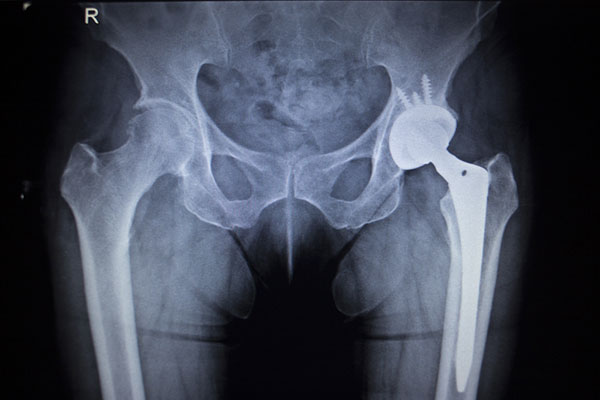Hip Implant Complications Lead to Lawsuits Against Manufacturers

While any artificial hip implant surgery can be risky, metal-on-metal (MoM) hip implants carry their own unique risks. Metal on metal hip implants have been on the FDA’s radar for some time due to higher than normal rates of corrective surgery.
Several device manufacturers are currently involved in litigation due to the complications patients have suffered with faulty hip implant devices.
If you or a loved one has had complications from hip replacement surgery, you could be eligible for compensation.
Hip replacement is the process of surgically replacing a damaged hip with an artificial implant, known as a hip implant. Patients may receive a total hip replacement, where all of the moving parts of the natural hip are replaced or a partial hip replacement where some components are replaced, while others are resurfaced or strengthened by the new parts.
The goal of hip replacement surgery is to reduce pain and inflammation of damaged or diseased hips, while increasing comfortable range of motion for patients and improving mobility and quality of life. Most hip surgeries are performed in patients age 50 to 80 years old. It is estimated that in 2015 alone, surgeons in the US performed 378,000 hip replacement surgeries.
Many popular hip implant brands have come under fire for releasing defective hip implant devices. Metal on metal hip implants, in particular, have been a problem for many patients due to the risk of serious medical issues including the development of metallosis, a condition involving toxic build up of metallic debris in the soft tissues of the body. Metallosis often leads to death of bone and surrounding tissue. Metallosis is caused by the components of the metal on metal implant repeatedly rubbing against one another, releasing tiny metal shavings into the body and bloodstream.